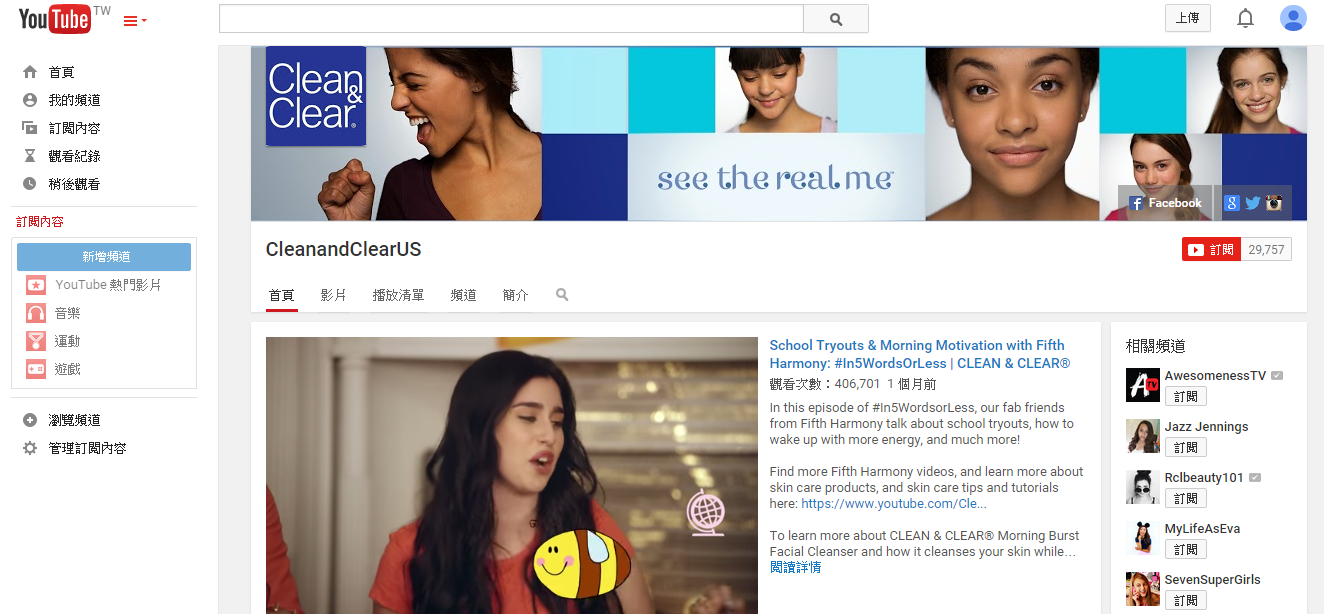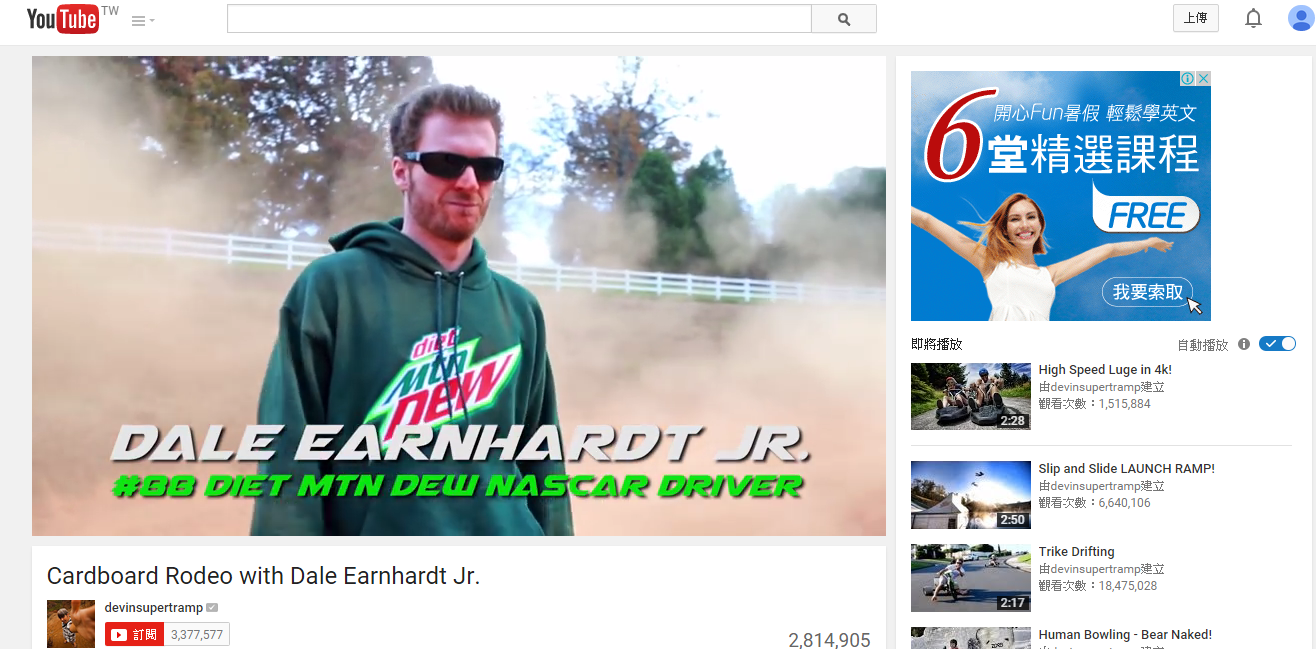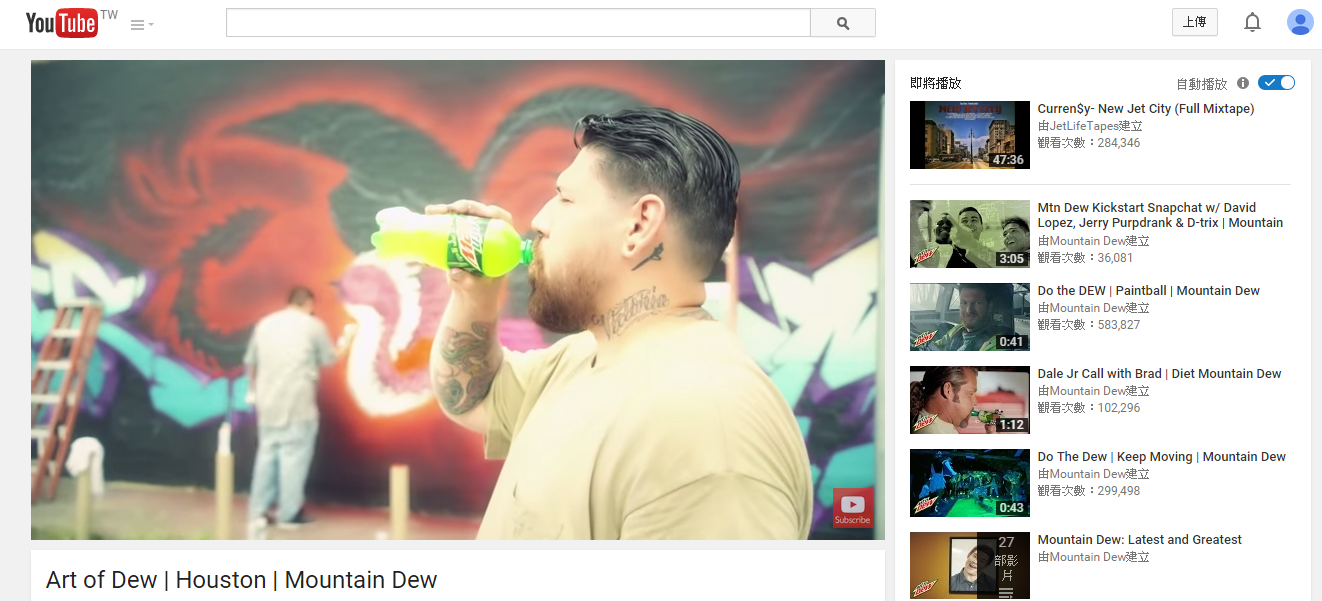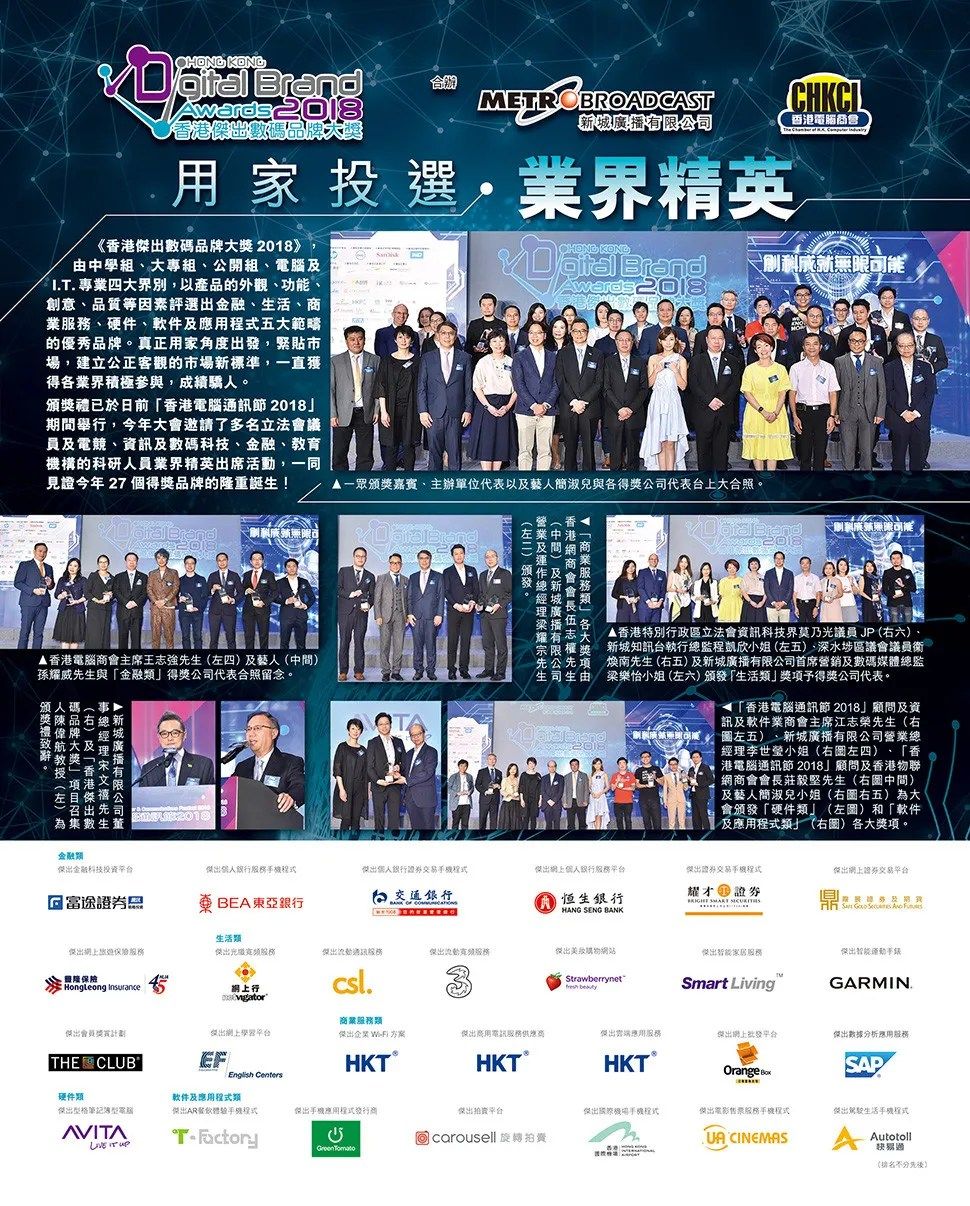YouTube is the search engine with the second largest traffic after Google, and the YouTube video marketing strategy that the store must know! !

Mobile devices, video and programmatic buying are currently top of mind in brand marketing. But how to combine content? Google Brand Labs shares how they are helping marketers improve and simplify their YouTube marketing strategies.
Google Brand Lab estimates that video viewing will account for 74% of all Internet traffic in 2017. In addition, in 2015, mobile phones have surpassed PCs and become the most commonly used device for users to watch videos on YouTube. So brands should start thinking about YouTube video marketing strategies on mobile devices.
On the cusp of video marketing demand led by this wave of mobile device innovation, the Google Brand Lab encounters the two most frequently asked questions by marketers: what kind of video content brands should produce to convey the brand's spirit to consumers By? The second is how to build scaled content?
What formats should brands produce?
Google Brand Lab proposes a Venn diagram. First of all, you need to draw a collection of what the target audience of your brand is interested in, and another collection is what your brand represents. The intersection of the two This is the area where your target audience resonates and interacts with your brand.

Image credit: Google Brand Labs
When you think about what your target audience cares about, think about the micro moments of their decision where they say I'm going! I want to do it! I want to buy! Or I need to know! Then they look for answers online, discover new things, and make decisions. Johnson & Johnson, the world's leading consumer products company, used these pivotal moments as elements of its video content strategy when promoting the brand. Keling Keli has always appealed to the teenage customer base. They found that when teenage girls needed inspiration and community support, they turned to YouTube. Therefore, Keling Keli established a brand channel and produced a series of videos to encourage teenage girls to improve their self-confidence and express themselves.

How to build content at scale?
Building content at scale is not easy. The truth is, brands can't make movies that meet every consumer's needs and preferences right away. Especially on mobile devices, the browsing habits of consumers are constantly changing. Not to mention that many brands don't have enough time, budget and resources. So the key to achieving content marketing is to gradually create content and build a library of videos that the brand interacts with consumers over time. However, just as production lines can produce products efficiently, films can be produced in more efficient ways.
The CCC architecture Create - Collaborate - Curate suggested by Google's Brand Lab may be a solution: streamlining the video creation process through the CCC architecture to meet consumers' huge content needs. The following will introduce the operation mode of the CCC structure through the case of Mountain Dew®, a well-known carbonated beverage brand in the United States.
How to build content at scale?
Building content at scale is not easy. The truth is, brands can't make movies that meet every consumer's needs and preferences right away. Especially on mobile devices, the browsing habits of consumers are constantly changing. Not to mention that many brands don't have enough time, budget and resources. So the key to achieving content marketing is to gradually create content and build a library of videos that the brand interacts with consumers over time. However, just as production lines can produce products efficiently, films can be produced in more efficient ways.
The CCC architecture Create - Collaborate - Curate suggested by Google's Brand Lab may be a solution: streamlining the video creation process through the CCC architecture to meet consumers' huge content needs. The following will introduce the operation mode of the CCC structure through the case of Mountain Dew®, a well-known carbonated beverage brand in the United States.

The first C – (Create) is when the brand creates the video, grasps the brand’s tone, tells the brand’s story, and provides content that is entertaining, educational or inspiring. Create simply means creating content that attracts the attention of consumers. Or further combine video content with key moments in consumer decision-making.
For example, Mountain Dew®, a well-known American carbonated beverage brand, has uploaded a series of extremely entertaining videos on its YouTube channel, and the content is more lively and interesting than TV commercials.

The second C – (Collaborate) is when brands collaborate with influential opinion leaders to create content, such as combining YouTube video creators’ channels to promote the brand. Ultimately, collaborative content by YouTube video creators can help brands expand their relevance and reach potential audiences beyond the brand's audience – engaging with YouTube video creators' fans.
Another example is Mountain Dew® and then cooperated with the YouTube creator devinsupertramp with more than 3 million fans to produce a series of videos promoting its own brand and upload it to the two channels of Mountain Dew® and devinsupertramp, and expand the Mountain Dew® audience through the devinsupertramp channel.

Third C – (Curate Recreation) The third video content is produced by consumers and is the result of the brand’s successful call to action. At this point, video is no longer a machine for brands to tell stories, but a tool for consumers to participate in and create their own stories. Consumer engagement makes brand messages more authentic and stronger through the community. According to a survey, 87% of consumers believe that they should be able to communicate and interact with brands instantly.
The last case of Curate's re-creation is that Mountain Dew® uploaded a series of videos called Art of Dew on its own channel, which collected street artists in major cities to create graffiti art related to Mountain Dew®.

Don't think too much about video marketing strategies!
More than half of YouTube users worldwide now watch videos on mobile devices. Consumers are watching videos on their mobile devices for entertainment, to complete work or study tasks, or to complete shopping decisions, and your brand is a must. Google Brand Labs points out that most marketers don't know what to make or how to make it, so don't complicate video marketing. Since consumers want to watch videos on mobile devices, your brand may wish to make more videos through the previous two methods, Venn diagram and CCC framework, and use this to find the best way to interact with consumers Video Marketing Mode!
Article from: astralweb , Source: Building a YouTube Content Strategy: Lessons From Google BrandLab

Like my work? Don't forget to support and clap, let me know that you are with me on the road of creation. Keep this enthusiasm together!

- Author
- More